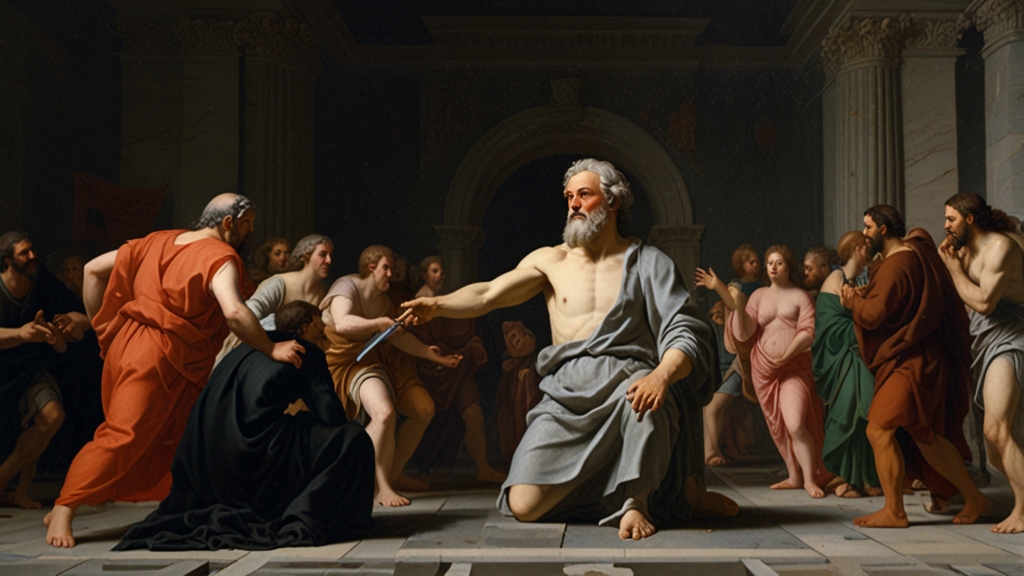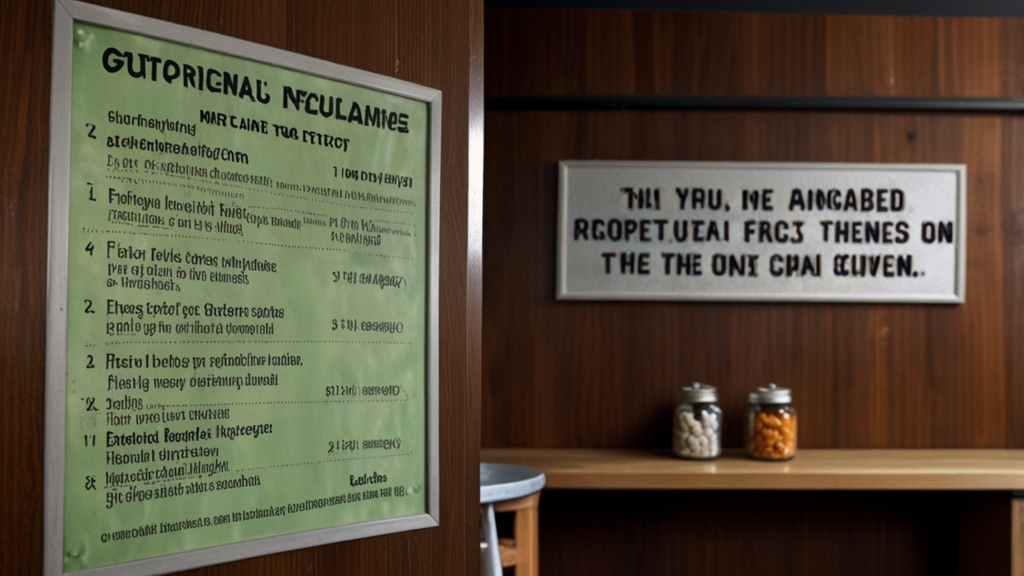Shattering the Illusions: The Realities of Crucifixion in History
The crucifixion is often shrouded in both historical and cultural illusions. Popular portrayals through art, literature, and cinema have at times romanticized or sanitized the grim reality of this ancient method of execution. In examining the true nature of crucifixion, it becomes clear that it was a method designed to maximize pain, humiliation, and public spectacle. This article delves into the historical context, the grisly process, and the lasting implications of crucifixion.
Historical Context
The practice of crucifixion can be traced back to ancient civilizations such as the Persians, Carthaginians, and notably, the Romans, who perfected it as a tool for deterring dissent and rebellion. Originating around the 6th century BCE, it became particularly infamous during the Roman Empire as a punishment reserved for slaves, pirates, and enemies of the state. Crucifixion was not just an execution; it was a public display of the power of the state and a visceral warning to all who looked upon the suffering victim.
The historian Josephus, who witnessed crucifixions during the Siege of Jerusalem in 70 CE, described it as "the most wretched of deaths."
The Gruesome Process
Contrary to sanitized images, crucifixion was a prolonged death fraught with excruciating pain. The process typically began with a severe scourging intended to weaken the victim. These beatings were brutal and could tear flesh to the bone. Following this, the condemned would carry the horizontal beam of the cross, known as the patibulum, to the execution site.
Once there, the victim was stripped naked and laid upon the ground or lifted onto the cross. Nails, typically driven through the wrists rather than the hands, would secure the arms. Each nail passed through the median nerve, causing searing pain. The feet were either nailed singly or together, adding further agony. Roman crosses were often low to the ground, allowing spectators to mock and abuse the victim directly.
"My God, my God, why have you forsaken me?" – Mark 15:34. This cry attributed to Jesus encapsulates the depth of despair endured on the cross.
Slow Agony
The positioning of the body on the cross was such that normal respiration became exceedingly difficult. With arms stretched outwards, the ribcage was forced into a position that impeded breathing. The victim would have to push up with their legs to exhale fully, causing the nail wounds to tear and add to the agony. This cycle of pushing up to breathe and sagging down in exhaustion led to a slow and torturous death, often from asphyxiation, blood loss, or shock.
The public nature of crucifixion meant it was a social as well as a physical torment. Victims were left exposed to the elements, insects, and the jeers of passersby. Their legs were sometimes broken to hasten death, a method known as crurifragium.
Social and Psychological Impact
Beyond the physical suffering, crucifixion carried a powerful stigma. It was designed to dehumanize and degrade, ensuring that those who witnessed it would be instilled with fear and obedience. The psychological weight of such a punishment extended beyond the victim to their families and communities, serving as a potent deterrent against defiance.
"Crucifixion was an entirely Roman practice of ultimate barbarity, where the body was a billboard advertising imperial supremacy." - Tom Holland, author of "Rubicon: The Last Years of the Roman Republic."
Legacy of Cruelty
The echoes of crucifixion have resounded through history, not only as a singularly horrific form of capital punishment but also as a testament to the depths of human cruelty. It serves as a stark reminder of how power can be exerted through sheer terror. The crucifixion of Jesus Christ is perhaps the most famous instance, memorialized in Christian doctrine, art, and liturgy, symbolizing both immense suffering and transcendent sacrifice.
Conclusion
Understanding the grim realities of crucifixion strips away the veil of myth and reveals a disturbing facet of human history. It challenges us to confront the brutal methods by which societies have maintained control and inflicted suffering. In acknowledging the true nature of crucifixion, we bear witness to the resilience of the human spirit in the face of unimaginable anguish.









